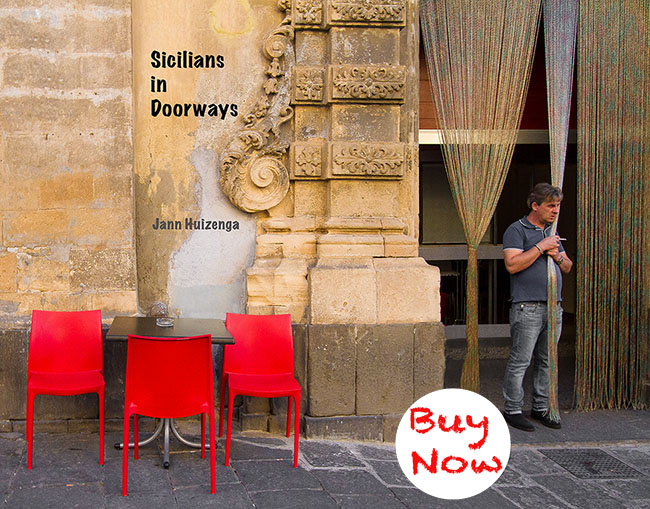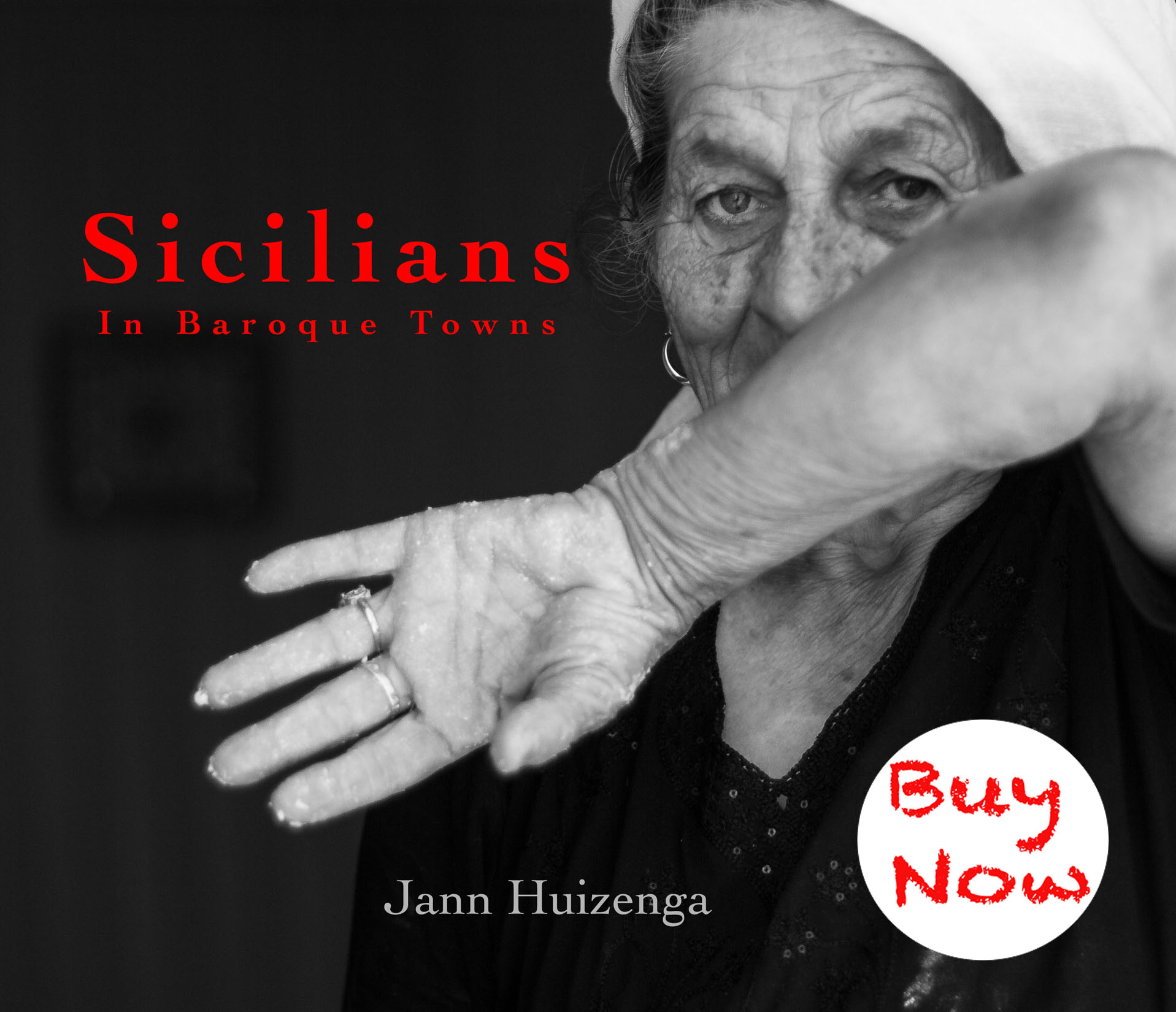December 17, 2011
Bright red, a rosso the color of Rudolph’s nose, is the leitmotif of the season here in Southeast Sicily.
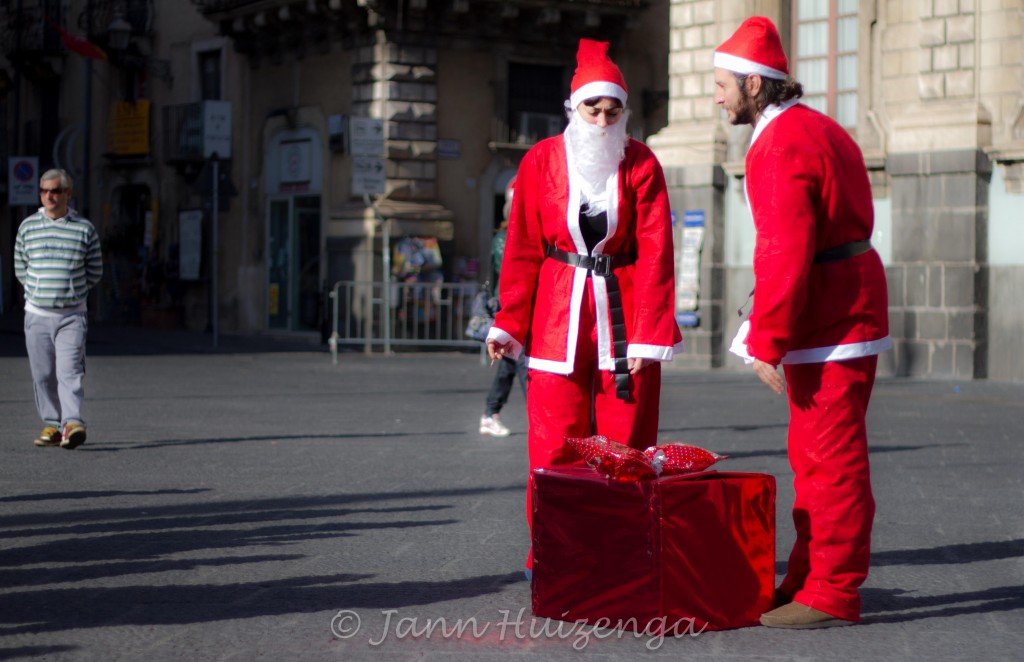 Political street theater in Catania on December 16, 2011
 Ms. Santa was handing out "gifts" of scrolled paper that read "Merry Christmas. Monti's government is gifting you a cut in your pension." (A better kind of protest than throwing molotov cocktails, as in Greece, don't you think?) 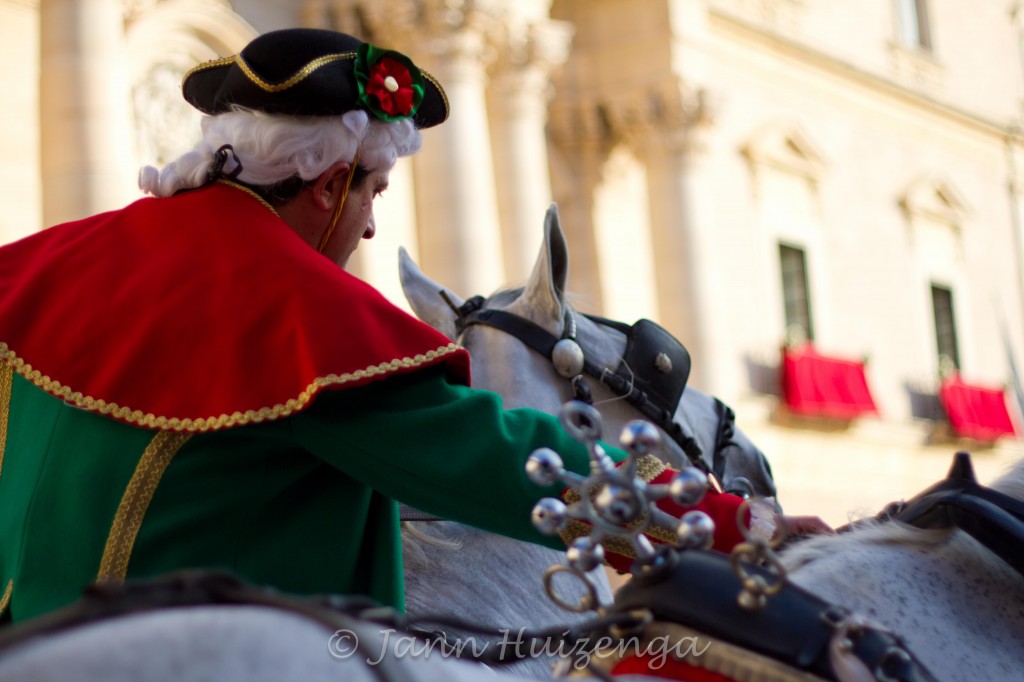 Powdered wig, rider and horse at Siracusa's Festival of Santa Lucia, December 13 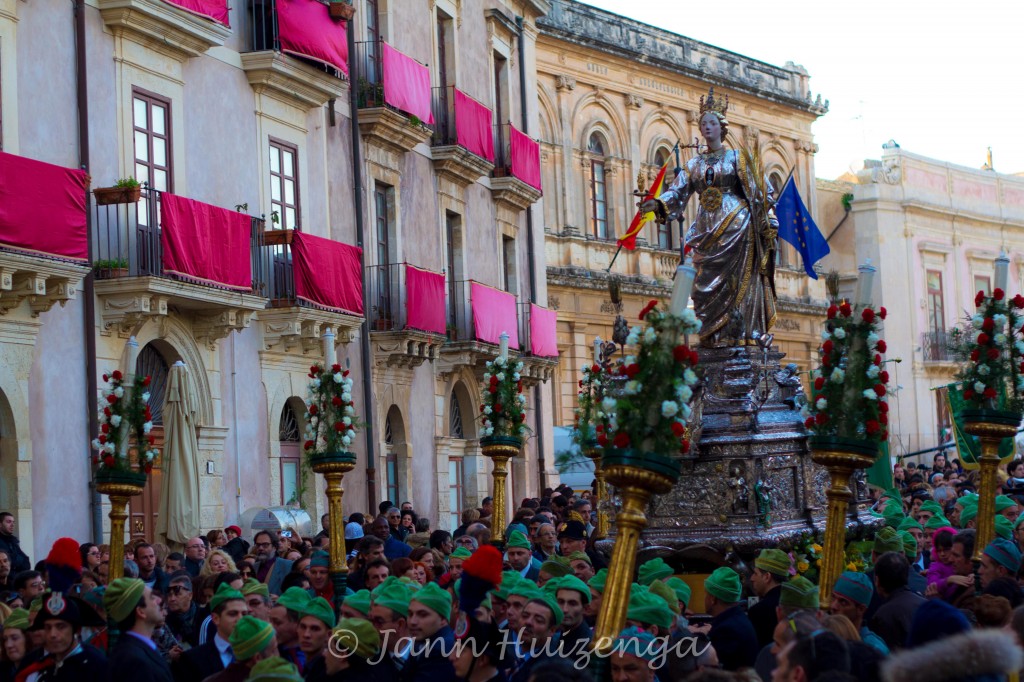 Santa Lucia, martyred patron saint of Siracusa, December 13 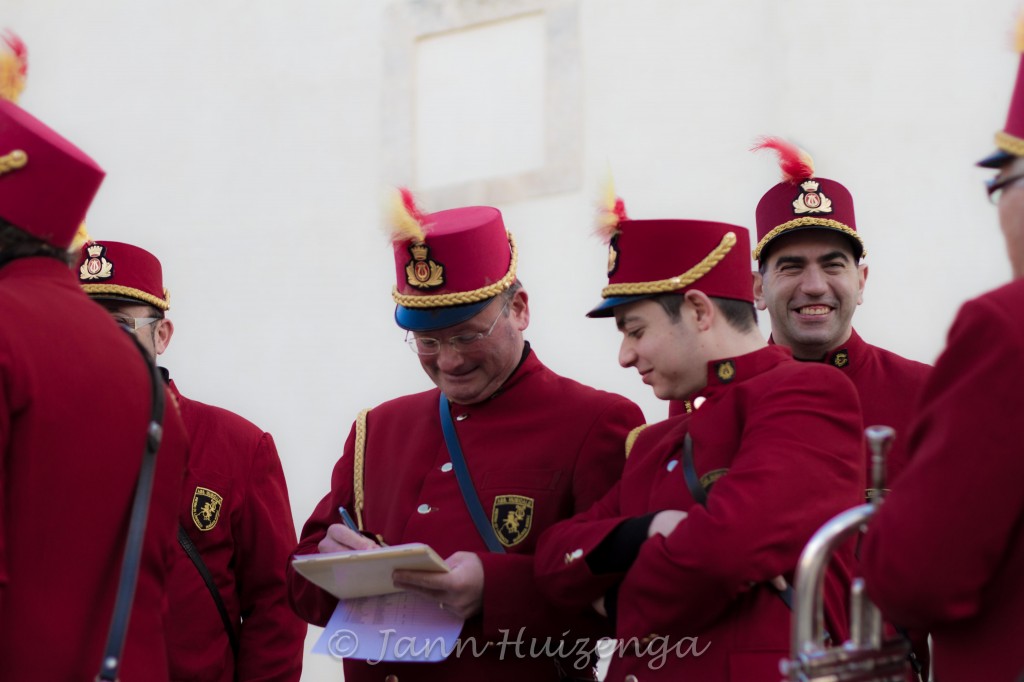 The band at the Feast of the Immaculate Conception in Scicli, December 8 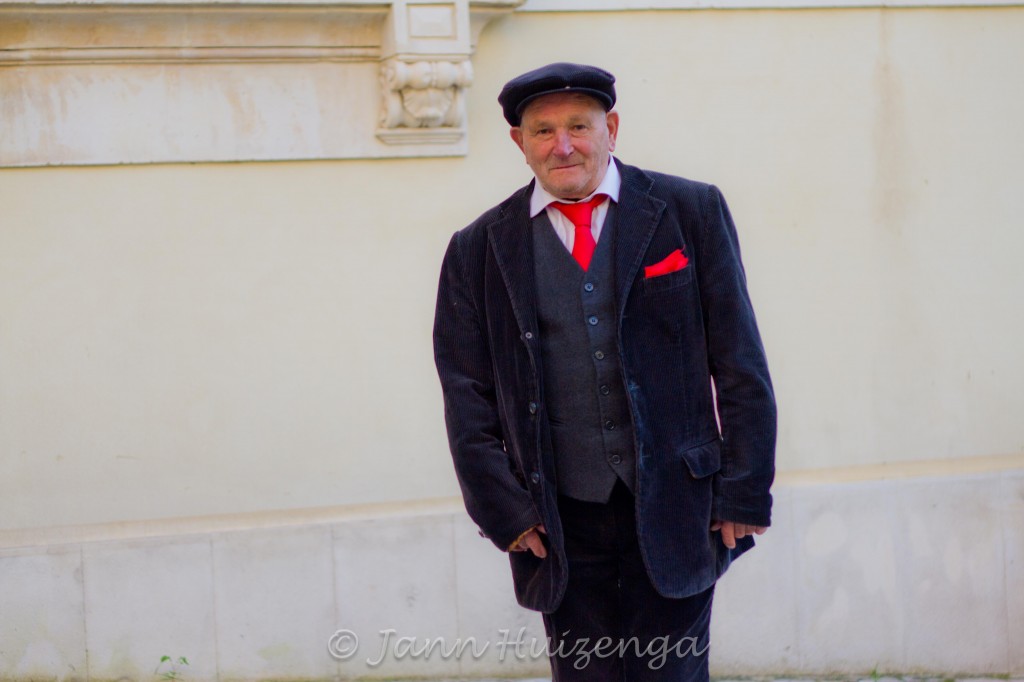 Onlooker at Feast of the Immaculate Conception in Scicli, December 8 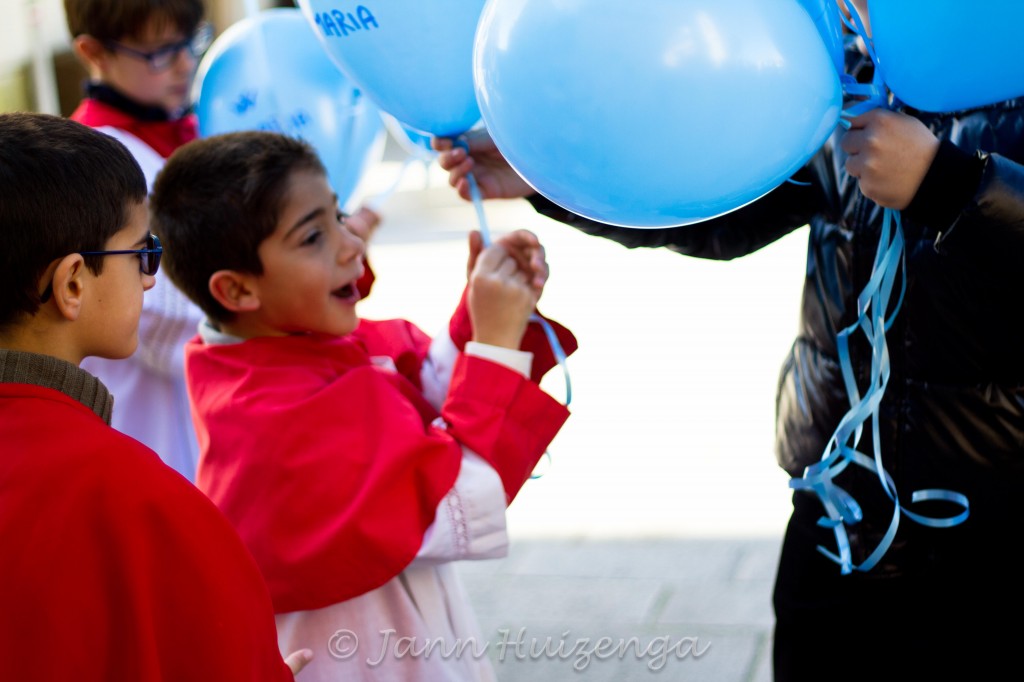 Altar boy at Feast of the Immaculate Conception in Ragusa Ibla, December 7  Woman going to mass in Modica  Mass-going woman's shoes Click to subscribe to BaroqueSicily.
***
To learn more about Monti’s austerity package for Italy, click here.
To learn more about Santa Lucia, click here.
December 8, 2011
Christmas season starts here with a bang! Literally.
Firecrackers boomed loud enough to make your heart disintegrate and drums beat wildly as the Immaculate Virgin Mary sallied forth from churches all over Sicily today (Feast of the Immaculate Conception) and took her annual spin around town.
Mary came out after dark in my village, Ragusa Ibla, so I drove to Scicli where she made an appearance earlier in the day while it was still light enough to photograph.
The priest sang Ave Maria into his mike while onlookers made the sign of the cross and wiped tears from their eyes. Notes flew from tubas and trombones.



If you’re thinking of making a trip to Sicily sometime in the future, consider the Christmas season. The weather’s pretty nice and the traditions are rich. There’s spirituality in the air rather than commercialism. Check out Sicilia&Folklore for some wonderful photos of Sicilian pageants, and for a great list–in Italian–of upcoming celebrations (prossimi eventi on the right-hand side of the blog).
***
Click to subscribe to BaroqueSicily.
May 30, 2011
Like a bolt from the blue, the Madonna storms out of the skies on a mighty white stallion, sword at hand, slashing and slaying an army of Saracens.
Not your version of the Madonna?
Well, this is Sicily, where everything’s a little different.
The year is 1091. The place is Scicli, near Sicily’s southern coast.
 Madonna delle Milizie The Normans ruled Sicily at that time. Norman knights were battling Saracens and getting creamed. The Norman leader, Roger de Hauteville, prayed to the Madonna for help, and–miracle of miracles–she swooped down to save the day.
Almost a thousand years later, la Madonna delle Milizie is still revered and celebrated in this stony little baroque town. The entire 1091 event is re-enacted each year in late May.
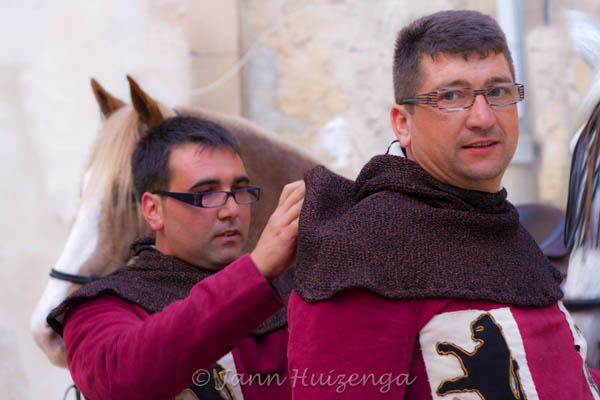 The Normans 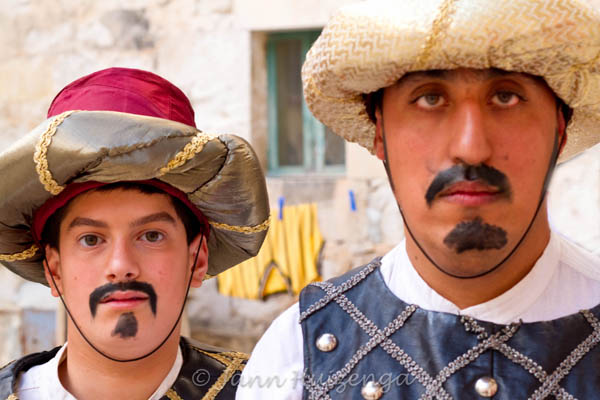 The Saracens What do the locals eat to celebrate the 1091 event?
Turkish heads.
That’s right. They feast on testa di turco, a large cream puff in the shape of a turban. Never mind that the Turks came nowhere near Sicily until the 16th century.
***
Click to subscribe to BaroqueSicily.
May 25, 2010
Can you say that five times, fast?
Pronounced chic-ly, Scicli is not at all chic, though I suppose you could call it shabby chic. It’s got that vintage, distressed look—complete with a baroque voluptuousness, flakey paint, and mottled sandstone walls.

Go if you like out-of-the-way little gems.
It was a Moorish town a millennium ago, later a Norman one, and was rebuilt in the Baroque style after the 1693 quake. Then Time forgot little Scicli until it was declared a World Heritage Site in 2002. It is slowly waking up from a long torpid slumber.

It has its share of ogres, meant to keep foreigners and evil spirits at bay.

Hike up to the decaying Church of San Matteo if you dare. You’ll be amply rewarded with stunning views: a sapphire sea on your left and a town that looks like a stage set at your feet.
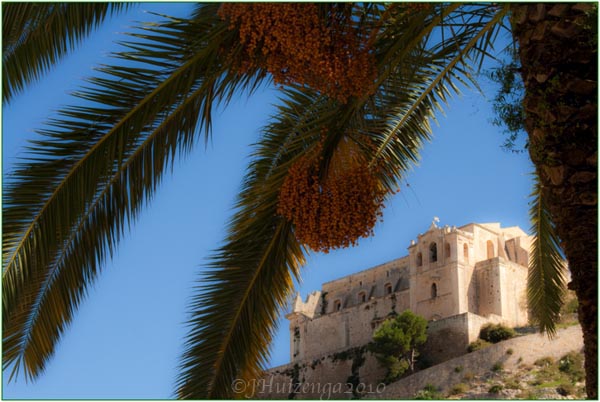

xxx
The best place in town for lunch is Pomodoro, owned by Enrico Gugliotto (pictured here) and his brother Giuseppe (in the kitchen). It’s about a five minute walk from the baroque heart of Scicli (Corso Garibaldi 46, closed Tuesday, 0932.931.444).
And check out the gorgeous Scicli cemetery if you’re into stone cherubs and angels. It’s just outside of town.
[gmap]
Click to leave a comment.
Click to subscribe.

Readers, can you help me? Will you consider voting for my Sicily photograph in the Islands poll? Here’s the link. The link will bring you to a photo I shot of a Sicilian woman in Capo Passero (in the extreme southeast corner of Sicily). You can vote by clicking on *My Favorite* underneath the photo. (I could win a photography course and you could win a camera!) GRAZIE MILLE! (To see thumbnails of all 22 photos in the competition, click this link.)
November 2, 2009
A few years ago, I wanted to buy a ruin of a house on a solitary road out beyond the Ragusa cemetery. Sicilian friends (perfectly rational, well-educated ones) said I was matta, insane, that I’d be visited at night by dead souls.
“What do you mean?” I hollered. “I live two blocks from a cemetery in the US and I’ve never seen a ghost!”
They looked at me mournfully and insisted that the danger was real. They themselves would absolutely never pay me a visit there!
So I gave up the idea of that house with its faded pink walls, shocked at how alive the dead are in Sicily.
Sicilian cemeteries are always set well outside of town behind imposing walls. Below is the Scicli cemetery, full of mausoleums, magnificent pines and tall cypress.

Cemeteries here are well-tended, with custodians and on-site florists. They seem to be open most of the day, even during the long lunch break.


Many of the tombs show pictures of the dead.

Streets have names, just like in a real town.

Today is il Giorno dei Morti, Day of the Dead. Sicilian families flock to cemeteries—arms overflowing with lilies, mums, roses, and daisies—to spend time with their dearly departed.

|
Subscribe to Baroque Sicily
Copyright reserved -
All photos and text on BaroqueSicily are Copyright of Jann Huizenga ©2009-2015, unless otherwise noted. Material may not be copied or re-published without written permission. All rights reserved.
|



























